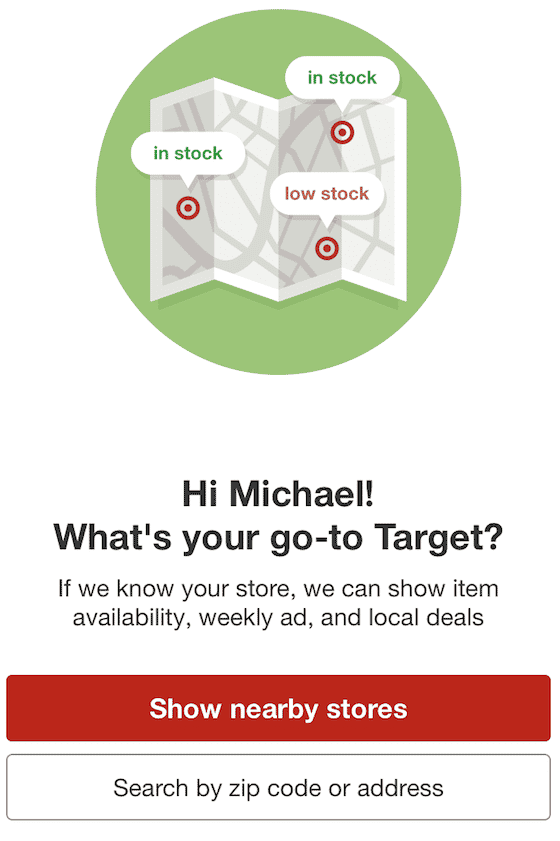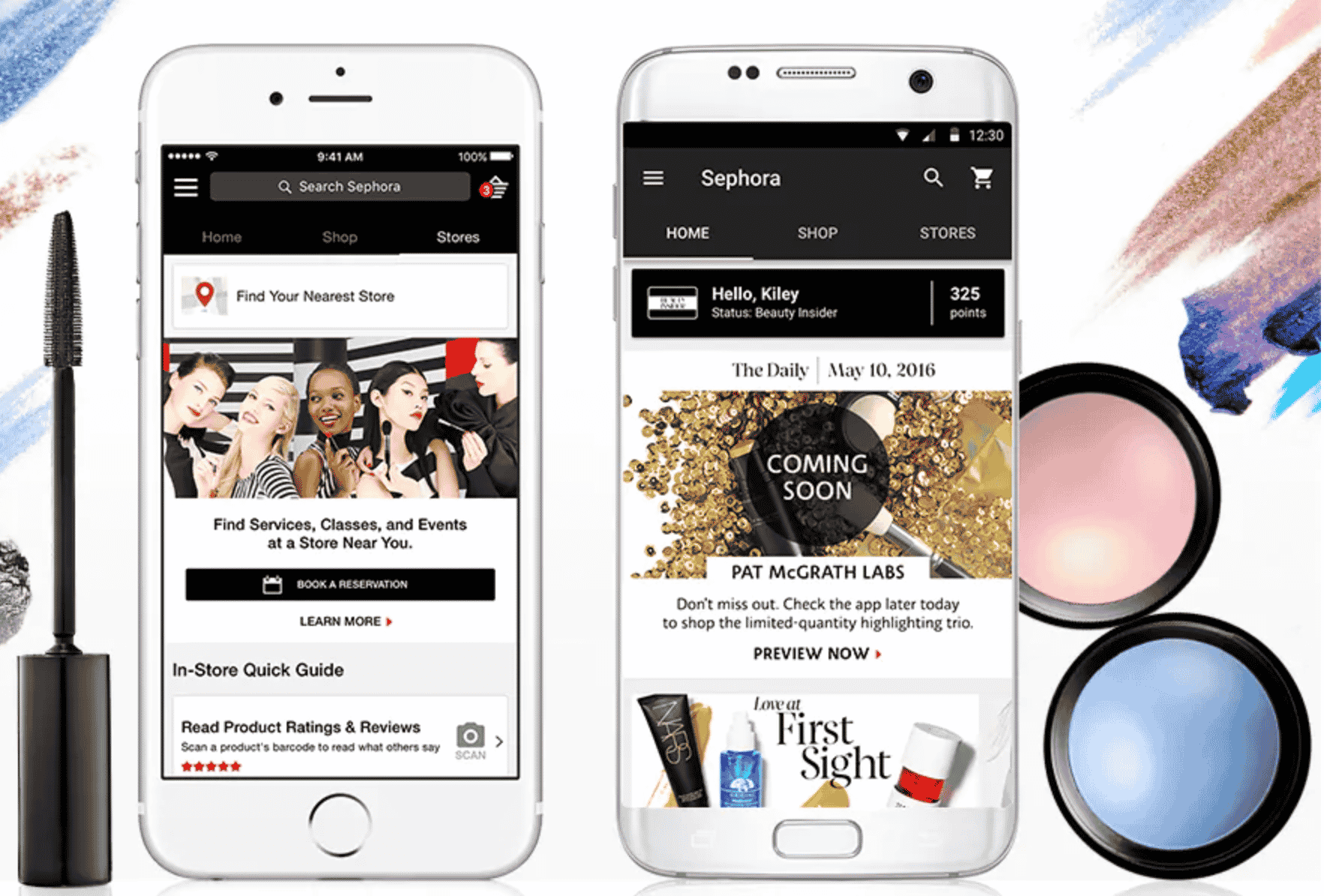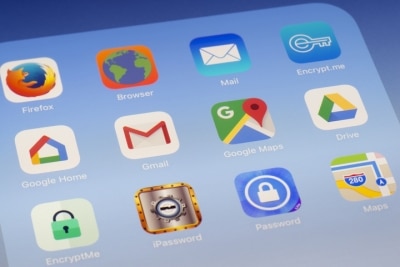Article
Why Mobile Has Become the Great Crossroads of Commerce
May 29, 2018

Every retail marketer has probably heard a ton about the importance of being mobile-first. What many marketers don’t realize — at least not yet — is that omnichannel and mobile-first actually amount to the same thing.
For a retailer to deliver a seamless experience, mobile devices are absolutely crucial. Almost every channel relevant to the buying experience is already fully integrated in exactly two places: in the customer’s head and on their phone.
How many times have you looked for an email, only to realize the information you need was in a text? Or dug through an in-app message center and eventually discovered that exciting discount in your email? The only time consumers really distinguish between channels is when a brand gets it obviously and badly wrong. For example, when a customer gets email that she thinks she opted out of or when an irrelevant text message interrupts an important work meeting.
All those text notifications, all those emails, all those communications and all that strategy: At the end of the day, it is all stuff that shows up on someone’s phone. That’s it. To the customer, it’s all connected and integrated, whether you realize it or not.

Of course, it can be connected and integrated poorly. Messages are irritating when they’re repetitive or show up at the wrong time. So yes, each of these channels has to work individually. But that’s just the tiniest bit of the beginning, and it surely isn’t the point. These channels need to work together. Brands must orchestrate the connections between them, to ensure relevant, seamless experiences.
Thinking Like Your Customers: How JustFab, Nordstrom and Sephora Do It
Some brands remain stuck in a campaign-centric and channel-centric world. They need to be reorganizing, thinking hard about organizational design, data management, and campaign management. They also need to think about these things with a relentless focus on customer experience. Customers don’t think about different channels. They’re simply responding to the message, which is either relevant or it isn’t.

Many retailers, legacy and digital native alike, understand this. TechStyle, which owns brands such as JustFab and ShoeDazzle, is built on data from the ground up. Sephora cleverly uses its loyalty program to unite multiple channels, including in-store. Nordstrom purchased tech startups MessageYes and BevyUp to boost its capabilities in digital and mobile commerce.
It’s no coincidence that all of these brands appear in the top quartile of our Retail Personalization Index. They understand that winning over their customers is not just about a great graphic in a mobile message. It’s not even about email open rates, although, of course, those are important, too. It’s about the customer’s entire experience, no matter how you communicate with each other.
The brands that understand that, and the brands that move aggressively to make it happen, are the brands that will win.
The State of Brand Loyalty in the U.S. in 2023
Related



